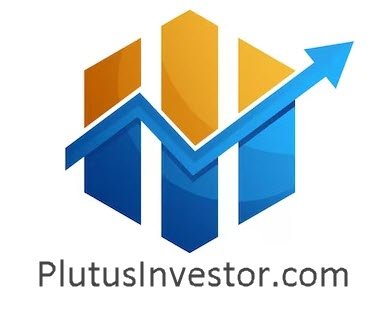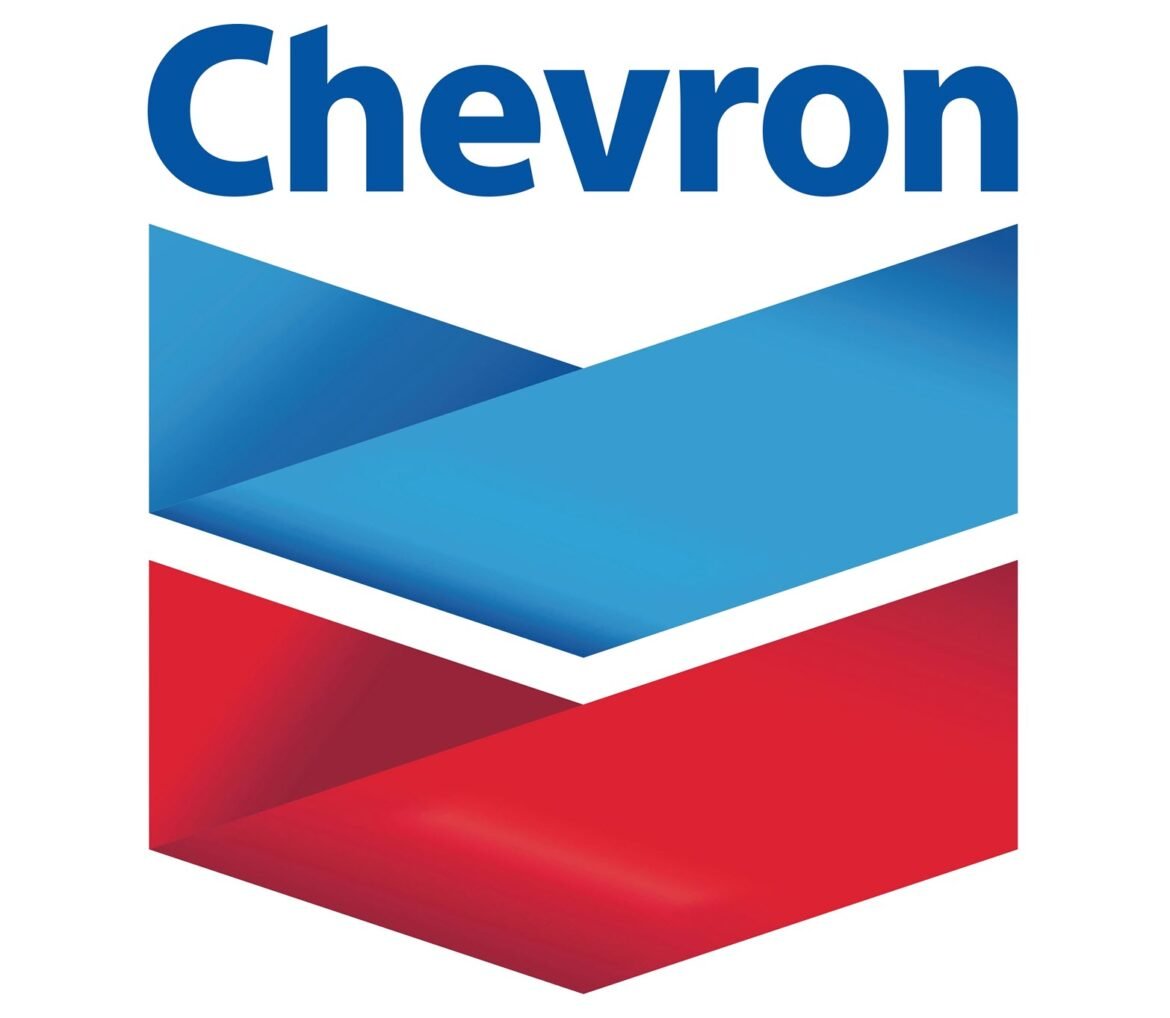Chevron Corporation (CVX)
All you need to know about Chewron
Chevron Corporation (NYSE: CVX) is a company with global ambitions and is rightfully one of the largest oil and gas companies in existence today. These multinational energy companies focus on oil, natural gas, and different energy sectors. In terms of synergies, one could compare CVX with a multi-national energy conglomerate with explored, produced, and even marketed oil and gas. One thing is true — there is plenty to cover. For investors looking to broaden their exposure to the energy market, Chevron is an example that entails a stable income, high dividend yield, and sustained growth pace.
Such consideration is important in determining the investment potential of Chevron. First of all, its history will be examined; its biography, its important milestones, purpose, products, and financial stats.
Bio – Chevron
- Established: Established in 1879 (Pacific Coast Oil Company)
- Headquarters: San Ramon, California, USA
- CEO: Mike Wirth (2018 – present)
- Estimated Shareholder Value (2024): About $315 billion
- Revenue: $245.2 billion in the year 2023
- Current Dividend Yield: ~3.8% in 2024
- Number of Employees: Over 42,600 as of 2023
Chevron Corporation has very established assets in oil and gas exploration, production and marketing, power generation, and refining spread across 180 countries. Established in two key segments (oil and renewable energy), the company is well-positioned to ride on the global energy transition.
History of Chevron – Evolution of a Small Company to an Energy Giant
The history of Chevron can be traced back to its original name the Pacific Coast Oil Company, founded in California in 1879. Throughout history, this company has evolved into a global corporation through mergers, acquisitions, and rebranding.
A major transition occurred in 1906 when it was purchased by Standard Oil. After the antitrust actions against Standard Oil in 1911, one of its smaller divisions, the Southern California Company (later known as Socal), survived and grew rapidly, distributing oil products internationally.
In 1984, Socal merged with Gulf Oil, acquiring large reserves of oil and gas. This merger positioned Chevron as one of the world’s largest energy companies, eventually adopting the name Chevron Corporation.
The merger with Texaco in 2001 resulted in the creation of ChevronTexaco, but by 2005, the company reverted to Chevron Corporation. Over the years, Chevron has focused on restructuring its portfolio, divesting non-core assets, and investing in new technology and renewable energy sources.
Products and Services
Chevron operates across three main segments: Upstream, Downstream, and Midstream, along with significant investments in renewable energy.
1. Upstream (Exploration and Production)
Chevron’s upstream operations include the exploration, development, and production of crude oil, natural gas, and natural gas liquids. This segment is the largest revenue generator for the company.
- Oil and Gas Production: With major operations in North America, Africa, South America, the Middle East, and Asia-Pacific, Chevron produces millions of barrels of oil equivalent per day.
- LNG (Liquefied Natural Gas): Chevron operates significant LNG projects in Australia and the U.S., further expanding its reach.
- Shale and Pipes: The company is a leading producer of shale oil and gas, particularly in the Permian Basin.
2. Downstream (Refining, Marketing, and Distribution)
Chevron’s downstream operations include refining crude oil into gasoline, diesel, jet fuel, and petrochemicals.
- Refinery: Chevron operates refineries in North America, Asia, and Africa, producing 1.8 million barrels of refined products per day.
- Retail and Marketing: Chevron markets fuels under the Chevron, Texaco, and Caltex brands, with convenience stores at fuel stations.
- Petrochemicals: Chevron also produces petrochemicals used in plastics and synthetic rubbers.
3. Midstream (Transportation and Storage)
Chevron transports crude oil, natural gas, and refined products globally and manages storage facilities.
- Pipelines: Chevron’s vast network of pipelines transports energy products across North America and internationally.
- Storage and Shipping: Chevron operates tanker fleets and storage terminals for reliable global product distribution.
4. Renewable Energy Investments
Chevron has embedded sustainability in its long-term strategy, investing in renewable energy and carbon-reduction technologies.
- Renewable Natural Gas (RNG): Chevron has invested in RNG projects to reduce emissions.
- Hydrogen: The company is exploring hydrogen as a clean energy source.
- Carbon Capture and Storage (CCS): Chevron is advancing carbon capture technologies to minimize its carbon footprint.
- Solar and Wind: Chevron is developing solar and wind projects to meet its emissions reduction goals.
Financial Performance
Chevron’s financial strength makes it one of the largest energy companies globally, with robust cash flow generation and shareholder returns.
Key Financial Figures (2023):
- Revenue: $245.1 billion
- Net Income: $32.4 billion
- Earnings Per Share (EPS): $17.55
- Free Cash Flow: $20.6 billion
- Dividend Yield (2024): 3.8%
- Debt-to-Equity Ratio: 0.16
Chevron’s strong financials allow it to invest in new projects and return cash to shareholders through dividends and share buybacks, even during periods of lower oil prices.
Recent Developments
In 2023, Chevron’s acquisition of PDC Energy bolstered its U.S. onshore production capacity, particularly in the Permian Basin. Chevron has also committed to investing $10 billion in lower-carbon technologies by 2028, focusing on hydrogen, carbon capture, and renewable fuels.
Investment Outlook
Chevron offers stability, growth, and income potential for investors:
1. Dependable Dividends
With a dividend yield of around 3.8%, Chevron provides stable returns, making it attractive for income-seeking investors.
2. Growth in Energy Demand
As energy demand continues to rise, Chevron’s operations in high-growth areas, such as the Permian Basin and LNG projects, present strong revenue potential.
3. Commitment to Energy Transition
Chevron’s investments in renewable energy, hydrogen, and carbon capture align with the global push for sustainability.
Risks to Consider
Chevron is exposed to the volatility of oil and gas prices, which can impact its revenues and profitability. Additionally, regulatory risks related to climate change policies could affect its operations in the future.
Conclusion
Chevron Corporation is a global energy leader with a strong financial track record and a commitment to shareholder returns. Its focus on upstream, downstream, and renewable energy investments positions it well to meet current and future energy demands. Chevron is a solid choice for investors seeking income and stability, although it faces challenges from oil price volatility and regulatory changes. Overall, Chevron remains a strong addition to an energy-focused investment portfolio.



